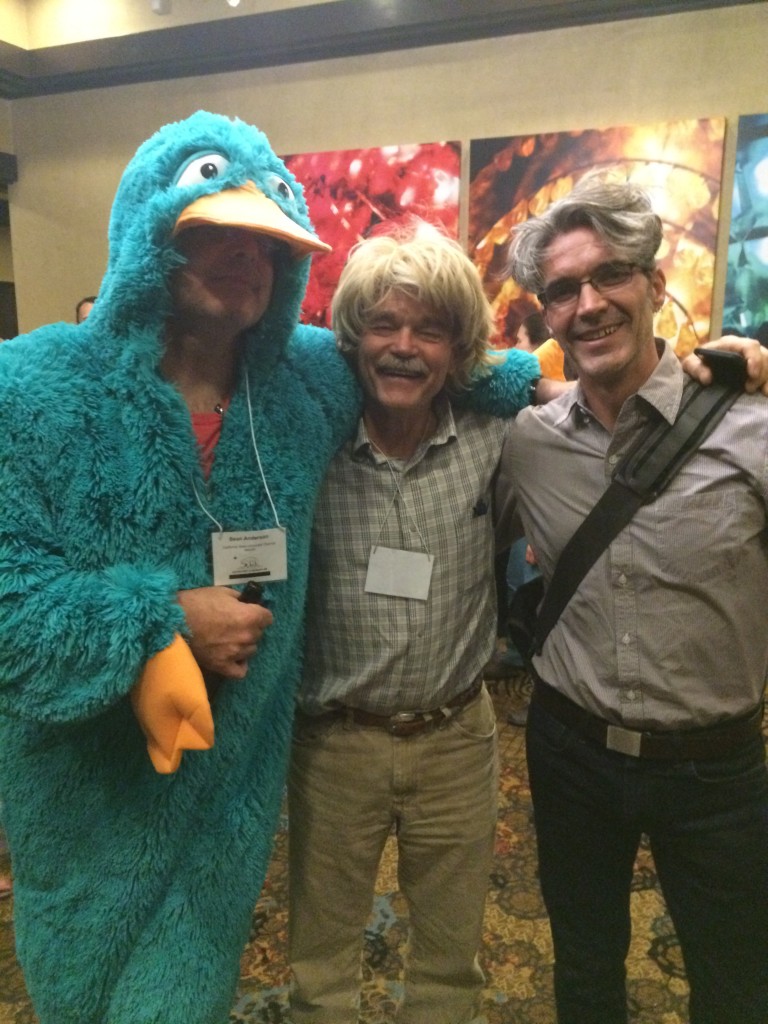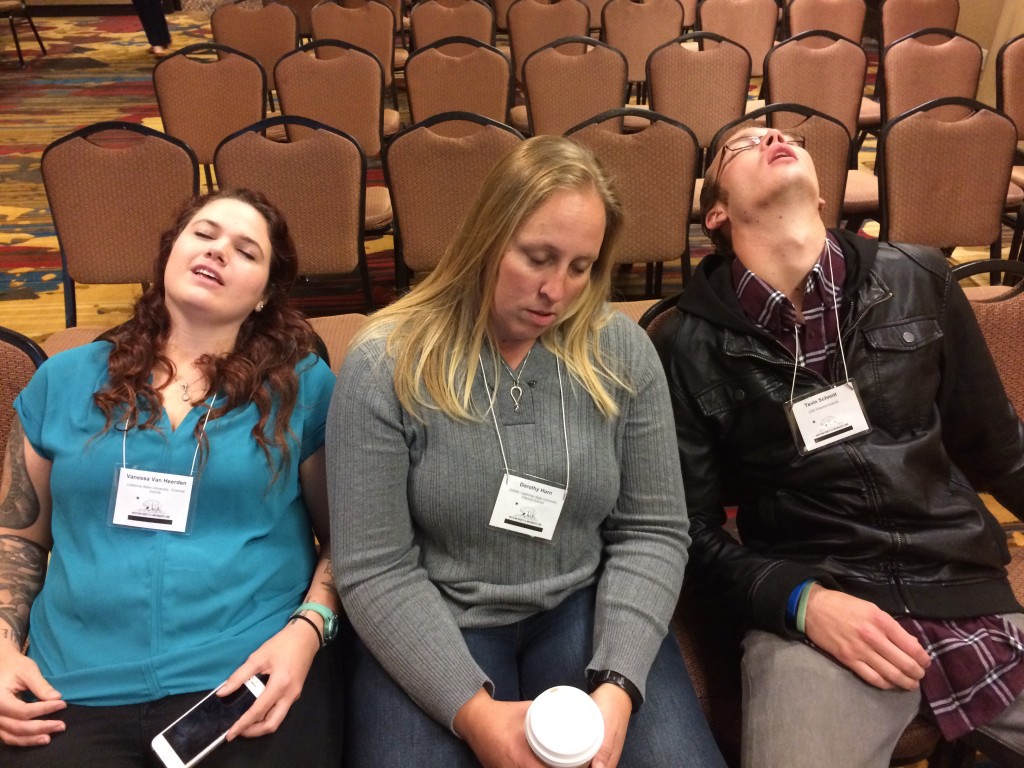Structure and Freedom: Achieving a Balanced Writing Curriculum
Mara Casey and StephanI. Hemenway
Summary
Mara and Nina, a former student and currently a 3rd grade teacher, are conducting a longitudinal study about the writing program provided in the education system. They started with third graders and following the same students all the way through twelfth grade. During the study the student would be interviewed at the starting point, third grade, and again in sixth, eighth, tenth and twelfth grade. The writing program that Mara and Nina designed there work around was based on the work of Donald Murray and Donald Graves, which made assumptions about children and writing.
- Children can write, but they must first learn to be careful observers of their surroundings.
- Writers should choose their own subjects
- Teachers should model the writing process by writing along with their students and showing that writing is revision
- Teachers should establish a regular time for writing and support it by providing real audiences and purposes for writers and opportunities for lots of writing and publication
- When children enjoy writing and discover they have something to say to a real audience, their skills will improve.
Little research on American schooling had been based on perspectives of student and teachers. During the interviews that were placed every two years, Mara would ask the same series of questions.
- What is writing like to you?
- What do you think writing is like to your teachers (students)?
- What do good writers do when they write?
- What do you do when you write?
- What kind of a teacher do you need (do your students need) to be a good writer?
The Third Grade Interview
“I can do writing good” she said confidently. “But sometimes it’s boring, like combing your hair.” She hated combing her long, snarly blonde hair, but “then I keep on combing it, and that’s like revising it more and more times. Then, once I’m done combing my hair, or once I’m done writing my story, it’s fun, and I feel proud of myself, and I get a lot compliment.”
The Sixth Grade Interview
“It doesn’t take that much energy to write when you don’t have an assignment. You can just let your mind go free. You just let your imagination go wild. There’s no right way to write any kind of story.”
Writing essays “don’t let kids think about what they want to write about and give them the chance to do it themselves.”
First Draft. Go through it to see if that’s the way you like your writing to be.
Second Draft.
Third Draft.
Proofread it.
“I did better writing in third grade than I do now because of all the revising we did. It made you think about what you were writing. We went over our final drafts for the class about sixteen times. It made the story good at the end, like you could publish this now.”
The Eighth Grade Interview
“I used to really like English, writing in journals and stuff, but I don’t like writing anymore. Everything’s so lined up in the junior high, kinda like a checker board. She gives you an assignment, you hand it in, and you get it back. No one ever talks about it. Groups that give constructive criticism would help. If you talk about it, then you understand what you can do to make it more what you want it to be.”
The Tenth Grade Interview
“I wish they could have a universal format that would be structured enough, but still give you the freedom to express yourself. Then you still can get out what you want to say and still think that you’re gonna do all right on it.”
The Twelfth Grade Interview
“Teachers should get experience from everywhere, listen to how your students respond to what they’re writing about, and incorporate the free type of writing.”
Personal Connection
I honestly can understand the struggles that Page went through during writing in her lower education. I did not have the experience of learning about revising so young, but knowing how to do it know I wish I had learned earlier in my education so I had more time to practice it. I can understand that all teachers methods are different and you have to change they way you write to be able to get good grade in school. I know that the five paragraph essay was what you did in all English courses. And when I reached high education, five paragraph essays don’t even exist. I really wish that I could have been taught other forms of writing. I would be great to be able to write about things that you are passionate about it and be able to express yourself within your writing. I hope that when I become a teacher that things are different and I as a future educator of English, that I will have a good balance of being structured but still letting my students have freedom in their writing, just as Page wanted all through out her education of writing.
Questions
Look back on your 3-12 grade writing experience. Where you haunted with the five paragraph essay? If so, in what ways did you feel pressured to please your teacher with these essays? Were you bored like most of the students in Page’s class were?
How do you think student’s view’s on writing would change if teachers incorporated revising and other forms of writing styles in the lower education setting?
Page struggled with having the knowledge of revising and how to be a good writer, but forced to do barely the minimum asked of her writing. Why do you believe teachers in middle and high school do not focus on revising and minimal peer and instructor feedback? How could revising and feedback help these students with future writing skills?








 )
)
